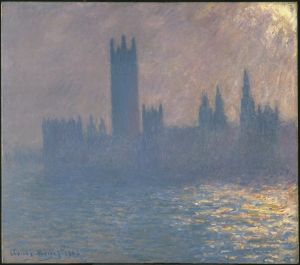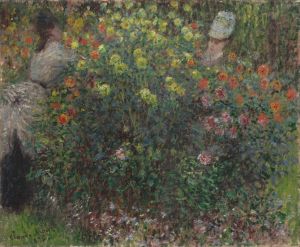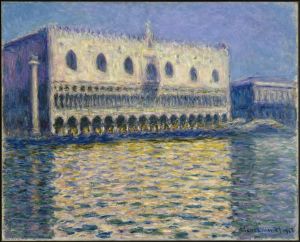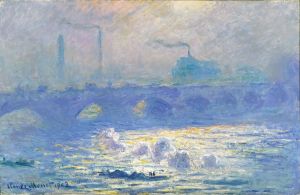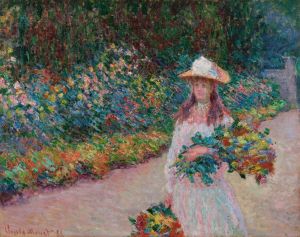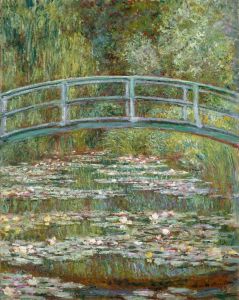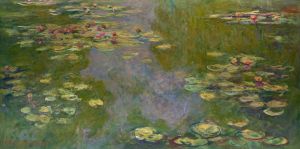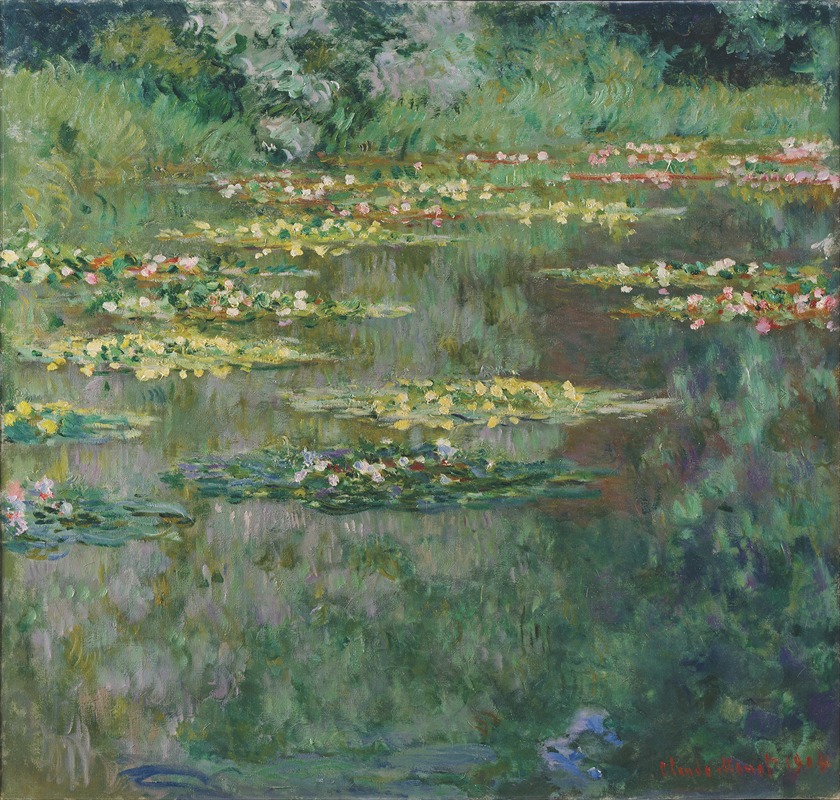
Le Bassin des Nympheas
A hand-painted replica of Claude Monet’s masterpiece Le Bassin des Nympheas, meticulously crafted by professional artists to capture the true essence of the original. Each piece is created with museum-quality canvas and rare mineral pigments, carefully painted by experienced artists with delicate brushstrokes and rich, layered colors to perfectly recreate the texture of the original artwork. Unlike machine-printed reproductions, this hand-painted version brings the painting to life, infused with the artist’s emotions and skill in every stroke. Whether for personal collection or home decoration, it instantly elevates the artistic atmosphere of any space.
"Le Bassin des Nympheas," also known as "The Water Lily Pond," is one of the most celebrated works by the French Impressionist painter Claude Monet. This painting is part of a larger series of approximately 250 oil paintings that Monet created, focusing on the water lilies in his garden at Giverny, France. Monet's water lily series is renowned for its exploration of light, color, and reflection, capturing the changing qualities of nature over different times of the day and seasons.
Claude Monet began working on the water lily series in the late 1890s and continued until his death in 1926. The series represents a significant period in Monet's career, where he shifted his focus from the broader landscapes to the intimate and serene environment of his own garden. Monet's garden at Giverny was meticulously designed by the artist himself, featuring a pond filled with water lilies, a Japanese bridge, and a variety of other plants and flowers. This garden became a central motif in his later works.
"Le Bassin des Nympheas" exemplifies Monet's innovative approach to capturing the effects of light and atmosphere. The painting depicts the surface of the pond, with water lilies floating gently, reflecting the sky and surrounding foliage. Monet's brushwork is characterized by loose, expressive strokes that convey the fluidity and movement of water. The composition lacks a clear focal point, inviting viewers to immerse themselves in the tranquil scene and experience the interplay of colors and reflections.
Monet's technique in this series involved layering multiple colors to achieve a luminous effect. He often painted en plein air, directly observing the natural environment to capture the transient effects of light and weather. This method allowed Monet to convey the immediacy and vibrancy of the scene, a hallmark of the Impressionist movement.
The water lily paintings, including "Le Bassin des Nympheas," were initially met with mixed reviews. However, they have since become some of Monet's most acclaimed works, celebrated for their innovative approach to abstraction and their influence on modern art. The series is considered a precursor to the development of abstract art in the 20th century, as Monet's focus on color and form over detail paved the way for future artistic movements.
Today, "Le Bassin des Nympheas" and other paintings from the series are housed in major art institutions around the world, including the Musée de l'Orangerie in Paris, which features a specially designed space to display Monet's large-scale water lily murals. These works continue to captivate audiences with their serene beauty and masterful depiction of nature's ephemeral qualities.
Monet's water lily series remains a testament to his enduring legacy as a pioneer of Impressionism and his profound connection to the natural world. Through "Le Bassin des Nympheas," viewers are invited to experience the tranquility and beauty of Monet's garden, a place where art and nature seamlessly converge.






